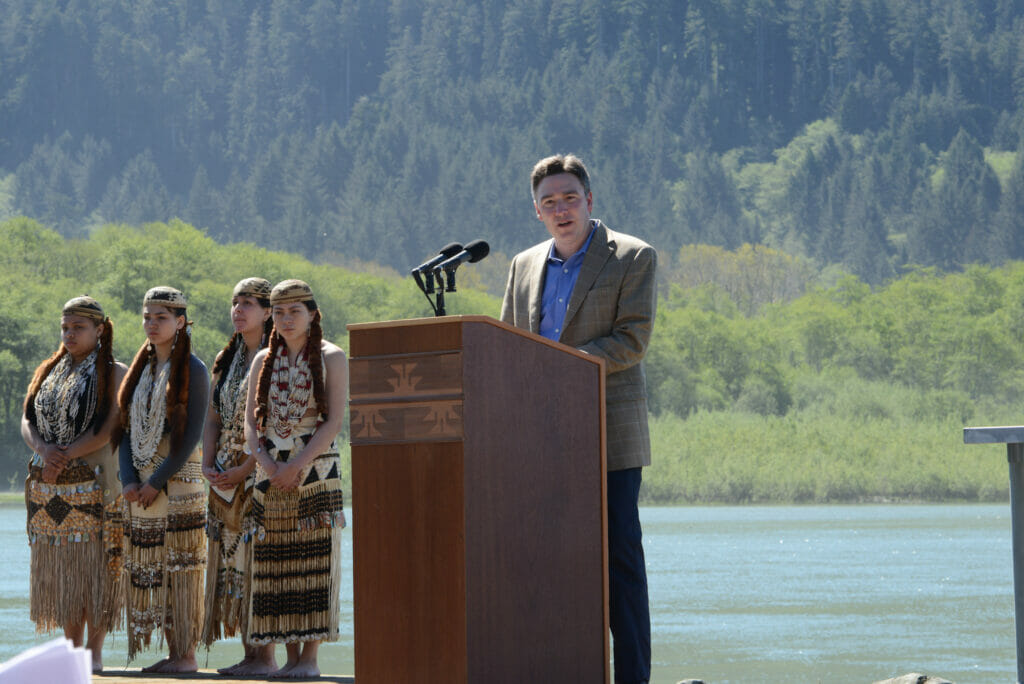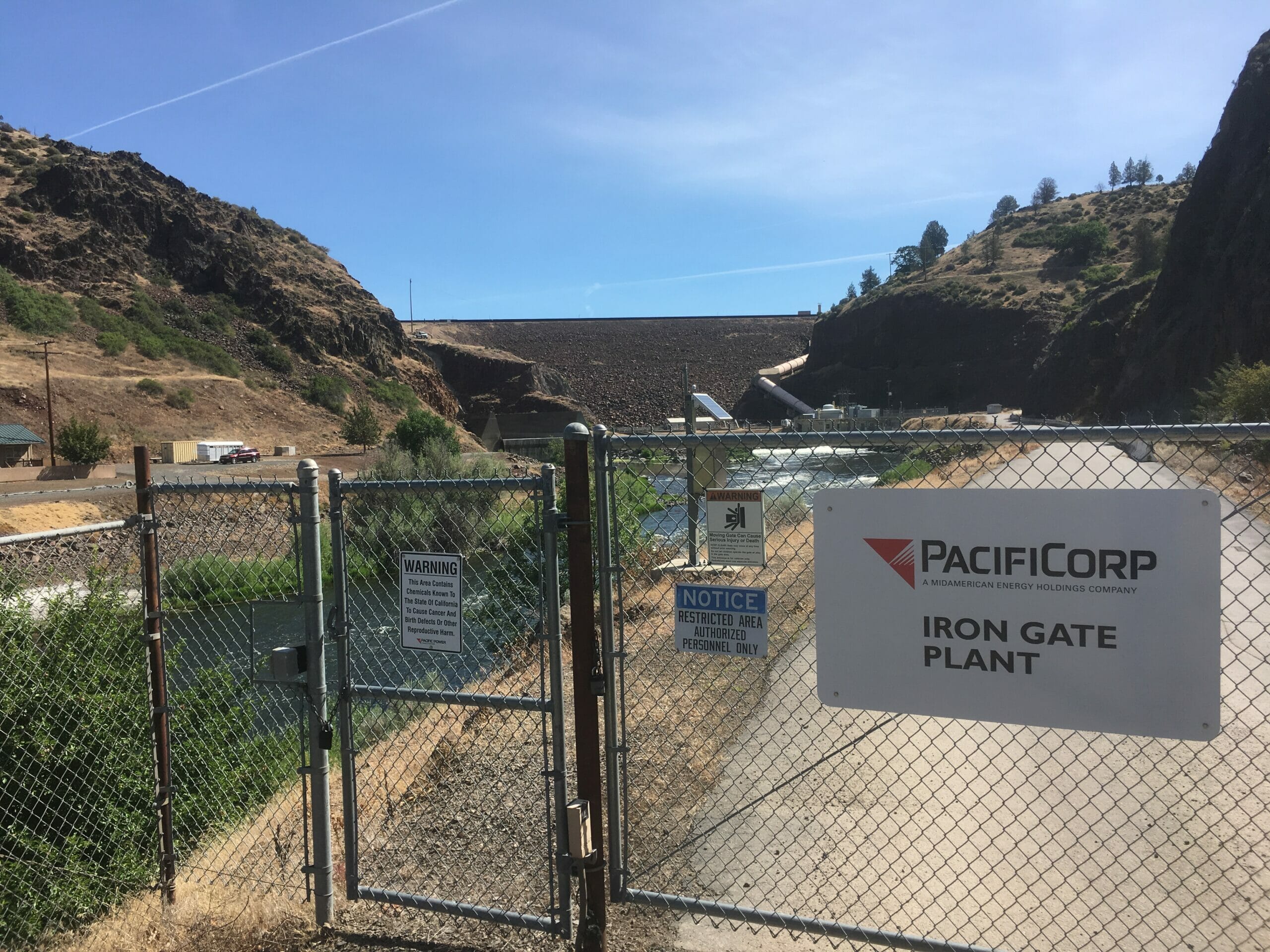Signatories to the Klamath Basin Hydroelectric Settlement Agreement, including Trout Unlimited, held a press briefing on November 12 and said they are in a “sprint to the finish” to achieve the pact’s principal goal of removing four old dams on the Klamath River.
The signatories, including Tribal leaders, a representative of the ranching community, and the Klamath River Renewal Corporation (KRRC), called on the Federal Energy Regulatory Commission and other agencies to conclude reviews of dam removal plans so the schedule for restoring the river to a free-flowing state can remain on track.
KRRC, the non-profit established to manage the dam removal process, expects to begin taking down the dams in 2023.
TU’s California Director Brian Johnson has been a key negotiator on Klamath River issues for more than a decade and also serves as vice president of the KRRC. Johnson participated in the press briefing and said that removing the dams is the single most important thing that can be done to rebuild the Klamath’s legendary salmon and steelhead fisheries and their cultural and economic importance to Tribes and Klamath Basin communities.

“If you take care of the fish, the fishing will take care of itself,” said Johnson. “The bang for the buck on the Klamath, starting with the dam removal program, is as good as it gets anywhere in the country.”
Johnson also addressed some misconceptions about the Klamath dams and their removal. For one, the dams are not used for irrigation or municipal water supplies or flood control — they are used only to generate hydropower, which they don’t do well any longer. While there would be short-term impacts to the river during the dam deconstruction process, the sediment behind the dams has been sampled extensively and is not toxic, and based on other dam removal projects is expected to clear quickly.
Multiple news outlets covered the press briefing — read more about the Klamath River restoration effort and TU’s perspective on it here, here and here.
***
Sam Davidson is TU’s communications director for California and the Klamath Basin. He lives in the foothills of the Sierra and enjoys watching steelhead ignore his offerings in his home waters of the lower American and Yuba Rivers.



